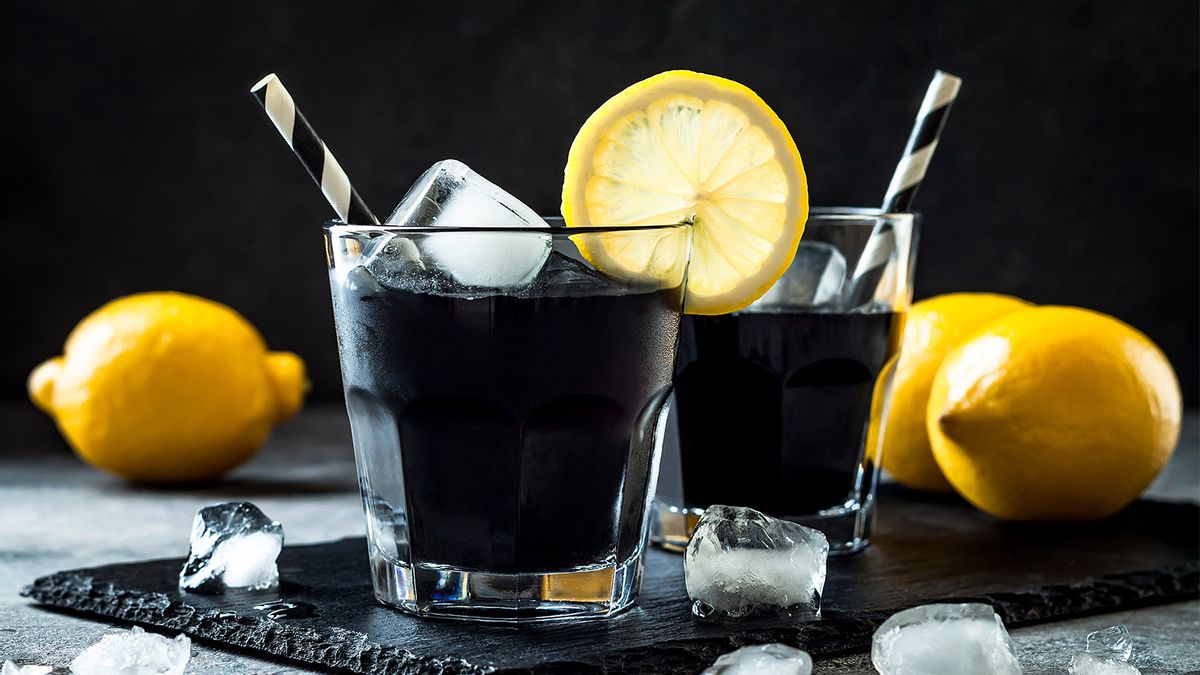In 2014, Burger King Japan introduced the Black Burger as an innovative marketing ploy for the local market. Credit goes to social and digital media; the black food phenomenon spread like wildfire across the world. Enter, activated charcoal. For the past few years, it has been swarming supermarket aisles in India, over the counter medicine, beauty or food items alike.
“Activated charcoal is known to trap toxins in the body due to its porous nature when consumed and eliminates the same from the system,” says Bangalore-based nutritionist and food coach Anupama Menon. It is sourced from carbon-rich natural products such as coconut shells and bamboo, which is then heated till the carbon becomes dry and porous. It is for this reason that activated charcoal is also known as active carbon.
How Does Activated Charcoal Work?

While it adds drama and an exotic element when it comes to plating food, there is barely any nutrition or nutritional benefits that activated charcoal offers. “It’s simply a product in the body which acts as a train, trapping and carrying all toxic elements with it as it exits the body,” Menon adds.
The process is known as ‘Adsorption’ where molecules of toxic entities in any form stick to the activated carbon surface. “This quality of Adsorption has put activated charcoal on a health benefit pedestal. Amongst its other benefits, it’s best known to provide relief from gas and bloating, and is also known to treat hangovers,” she continues.
Activated charcoal has nothing to do with food nutrition. It just cleanses the system and flushes out the chemicals and other wastes that are foreign in nature, without affecting your gut flora. The reason you can opt for activated charcoal-laced foods is that it aids your digestive system. Your body stands radically cleansed, enabling better nutritional absorption and health in the long run.
Is activated charcoal healthy?
While activated charcoal face masks have become a viral social media phenomenon, it has also become a food phenomenon. “Achieving black colour in food was previously not very easy without altering the flavour or taste of the dish. The earlier commonly used ingredients would be squid ink or caramel, which do not blend into many recipes,” explains executive chef Sudhir Nair, The Westin, Hyderabad. Activated charcoal, on the other hand, has no taste or flavour of its own, making it easy to incorporate it into recipes. “The striking black colour, when used in contrast with other bright colours, makes a dish Instagram-ready or social media worthy, hence it is such a rage,” he continues.
Despite its limited health benefits, from ice creams to cocktails, activated charcoal has been stirring up the pot of creativity for chefs. Some chefs have steered clear of falling prey to the trend, while others have willingly accepted the trend such as Lokesh Jarodia, Executive Chef, The Deltin, Daman who says, “This interest is just like the rainbow trend which was extremely popular before the charcoal trend. This, according to me, is a trend that not many are into but is something not many have tried yet. No matter how intriguing this trend may sound, one must like the taste of the charcoal as well; it isn’t one of the typical flavours our palate is used to.”
But what does it taste like?
Activated charcoal tends to have a chalky aftertaste, so for many, it is an acquired taste. It is most popularly used in flour-based glutinous recipes like bread, waffles, and cakes or mixed with water and drinks, says chef Nair. Often desserts and sweet dishes work best with activated charcoal since the sweetness balances the chalkiness. “But since you are trying to rid your body off chemicals, adding chemicals with the charcoal supplement doesn’t make sense,” points out Menon. Sweeten it naturally, if needed, with honey or other natural sweeteners.
As the adage goes ‘too much of a good thing’, too much of activated carbon can cause complications, especially for those suffering from intestinal bleeding, chronic dehydration or recent abdominal surgery. “Charcoal may affect the absorption of some prescription medication and supplements too. Hence it must be ingested two hours prior to any food or medicine,” adds Menon.
If you are in the mood to experiment with activated charcoal in your kitchen, here’s Chef Jarodia’s activated charcoal waffle recipe to get you started!
Activated Charcoal Waffle Recipe
Ingredients
- 1 teaspoon baking powder
- 2 eggs
- 300 gm plain flour
- 350 ml warm milk
- 75 ml vegetable oil
- 2 teaspoons activated charcoal powder
- Pinch of salt
- Toppings of your choice
Method
- Start making the waffle mixture: Combine flour, baking powder, activated charcoal and eggs in a large mixing bowl.
- Pour the warm milk into the batter and whisk to combine and to remove any lumps.
- Once the batter is of a smooth consistency, cook on a waffle iron.
- Finally, place your waffles on a plate and serve with your favourite toppings.


